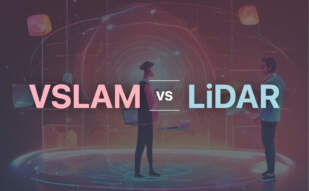For precise, high-cost applications, Laser technology might do justice, but for practical applications like robot vacuums and self-driving cars, VSLAM (visual simultaneous localization and mapping) has an edge in providing cost-effective solutions, despite its computational demands.
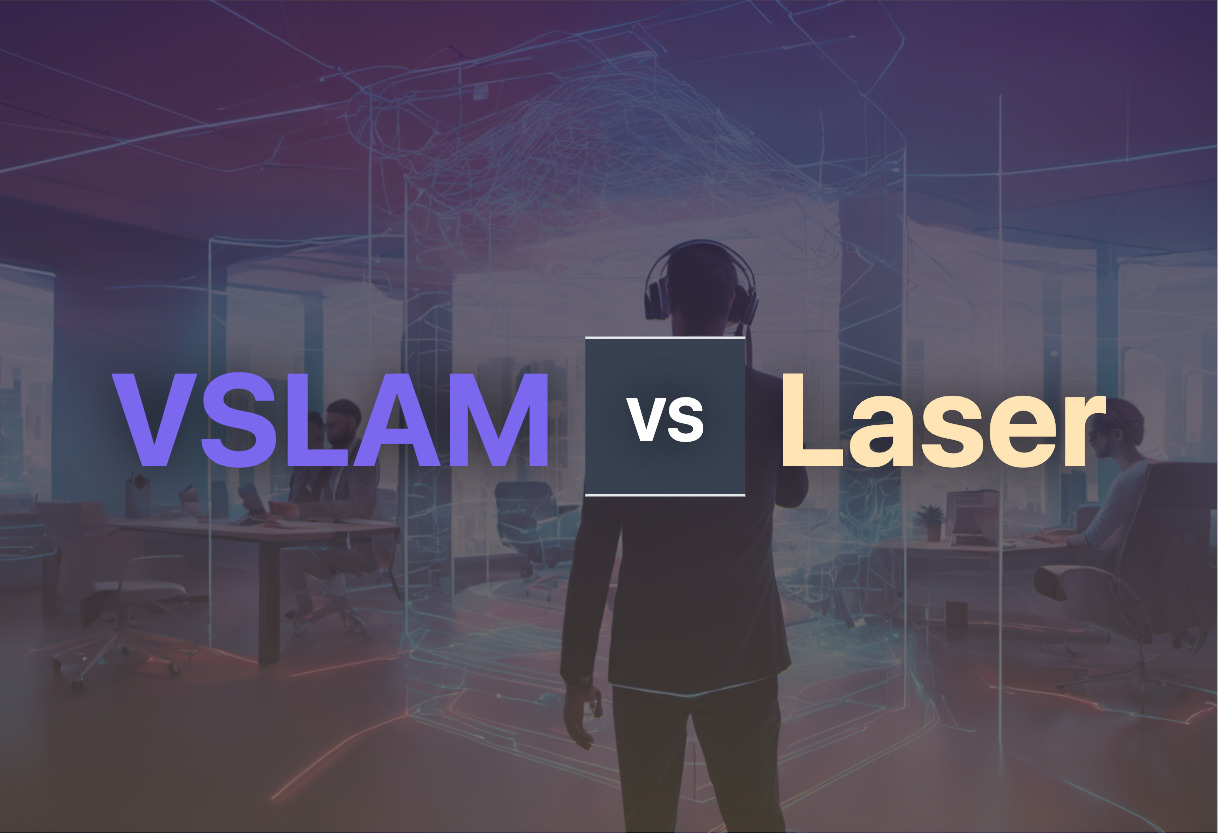
Key Differences Between VSLAM and Laser
- VSLAM utilizes images from cameras and imaging sensors, while Laser technology relies on light amplification and stimulated emission.
- VSLAM is apt for home robotics and autonomous vehicles, Laser technology serves military, medicine, and industry.
- VSLAM faces challenges like error accumulation and high computational costs, Laser technology can be cost-prohibitive.
- VSLAM is adapted in advanced industrial robots, self-driving cars, and drones, Lasers are used in materials processing, medical procedures, and data transmission.
| Comparison | VSLAM Technology | Laser Technology |
|---|---|---|
| Application in autonomous navigation | Utilized in self-driving vehicles and robotic vacuum cleaners. | Applied in military range finders and diamond drilling. |
| Key Components | Front-end sensor signal processing and back-end pose-graph optimization. | Based on stimulated emission for amplification of light or microwaves. |
| Market Dynamics | $2.9B market in 2021, projected to increase to $18B by 2027. | Established multi-billion dollar industry with significant growth potential. |
| Technology Challenges | Error accumulation, high computation costs, static and dynamic environment mapping, multi-robot instances. | Efficiency in certain applications like diamond drilling demands high peak power. |
| Historical Milestones | Walt Disney holds patent for a simulator operating on SLAM technology. | Ruby laser prototype by Theodore Maiman at Hughes Research Laboratories, 1960. |
| Significance in Medicine | Used in surgeries and medical explorations. | Used in surgical procedures and therapeutic applications. |
| Technological Development | Options for advancement involve addition of semantics using machine learning. | Evolution led to development of quantum theory of stimulated emission. |
What Is VSLAM and Who’s It For?
VSLAM stands for Visual Simultaneous Localization and Mapping, a technology utilized for autonomous vehicles and other robotic applications. It processes mapping and localization at the same time, augmented by complex algorithms. VSLAM is beneficial for varied practical applications such as autonomous vacuum cleaners, warehouse robots, and self-driving cars to mention a few.
VSLAM technology identifies its position relative to the environment while simultaneously mapping the layout of the environment. While it is used across sectors, it’s set to grow exponentially due to advancements in lidar and edge computing. VSLAM is intended for users in the robotics field, automotive industry, and any professional settings where precision mapping and localization are required.
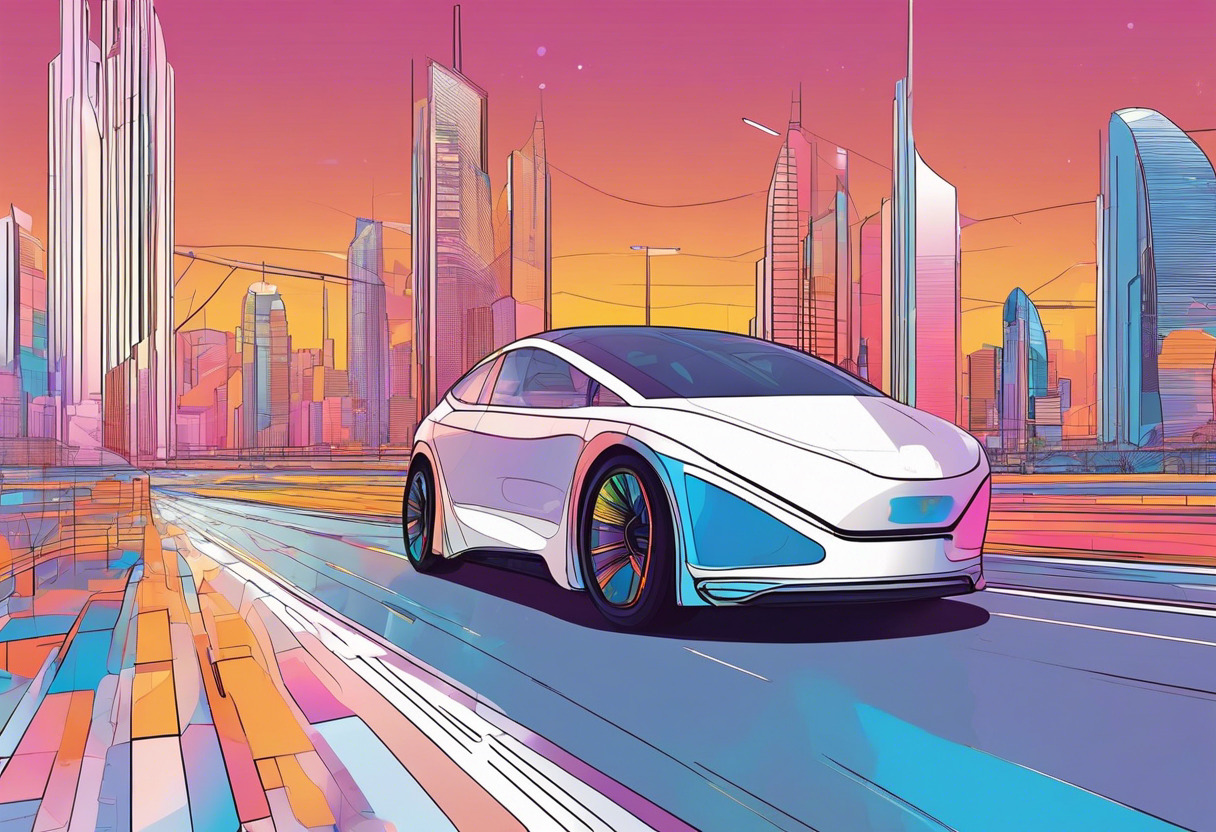
Pros of VSLAM
- Accurate positioning and mapping in real-time
- Beneficial in a variety of applications
- Potential growth aligned with advancements in Lidar and edge computing
Cons of VSLAM
- Error accumulation in localization
- High image and point cloud processing computational costs
- Challenges with static and dynamic environment mapping
What Is Laser Technology and Who’s It For?
Laser technology, a concept initiated by Albert Einstein in the early 1900s, has found vast applications in various domains spanning from medicine, retail, cosmetics, to transportation and industrial assembly. Lasers, now a multi-billion dollar industry, are based on the principle of stimulated emission, conceived by Valentin Fabrikant and further manifested by Charles Townes, Nikolay Basov, and Alexander Prokhorov.
The first commercial laser prototype was developed by Theodore Maiman, and since then lasers have been instrumental in diverse operations like drilling, cutting, welding metals, and even data transmission. Laser technology is intended for researchers, industrial professionals, and retail and healthcare sectors where precise cutting, measurement, and advanced data transmission are requisite.

Pros of Laser Technology
- Precise and high-speed operation
- Wide application range from industrial to cosmetic procedures
- Continuous evolution with significant growth potential
Cons of Laser Technology
- Requires specific safety measures
- High setup cost for advanced laser systems
- Potential harm if improperly used or handled
Which Gear Offers Greater Speed: VSLAM or Laser?
Diving deep into the tech ocean, we’ve analyzed VSLAM and Laser based on their history, benefits, applications, and challenges. Now the crucial question – which one should be your weapon of choice? Read on.
Developers of Autonomous Vehicles
For those developing autonomous vehicles, an amalgamation of VSLAM and LiDAR is a match made in tech haven. High-precision mapping, landmark identification, and crucial distant measurements are not just promises, but a reality with SLAM and LiDAR. The potholed path, however, involves high computational costs and localization issues which this crowd must bulldoze through.
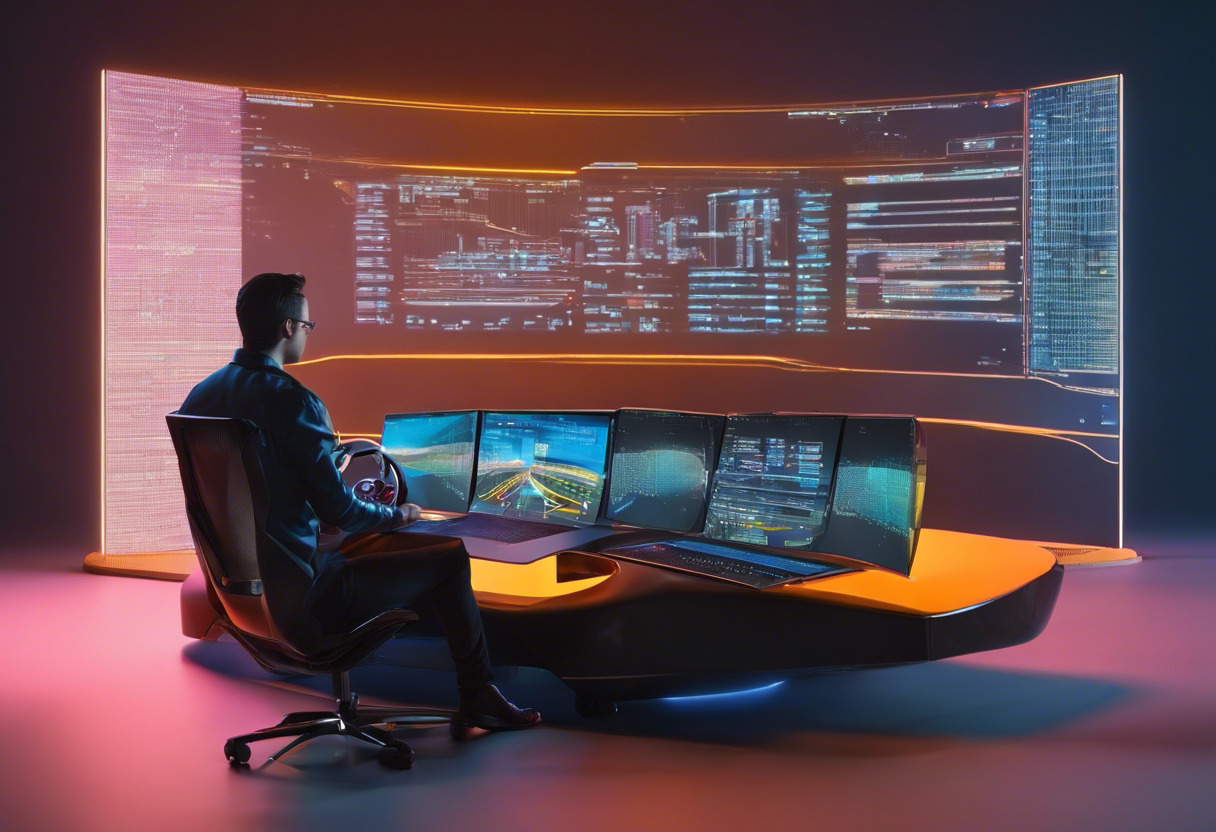
Providers of Robotic Solutions in Industry and Medicine
Looking to design advanced industrial robots or perform precise medical explorations? VSLAM is your answer. Built by innovation and governed by algorithms like PTAM, ORB-SLAM, DTAM, LSD-SLAM, DSO, and SVO, VSLAM enables ultra-precision in applications from surgeries to last-mile delivery robots. It might test you on the scalability in dynamic environments, but that’s the drill for revolution!
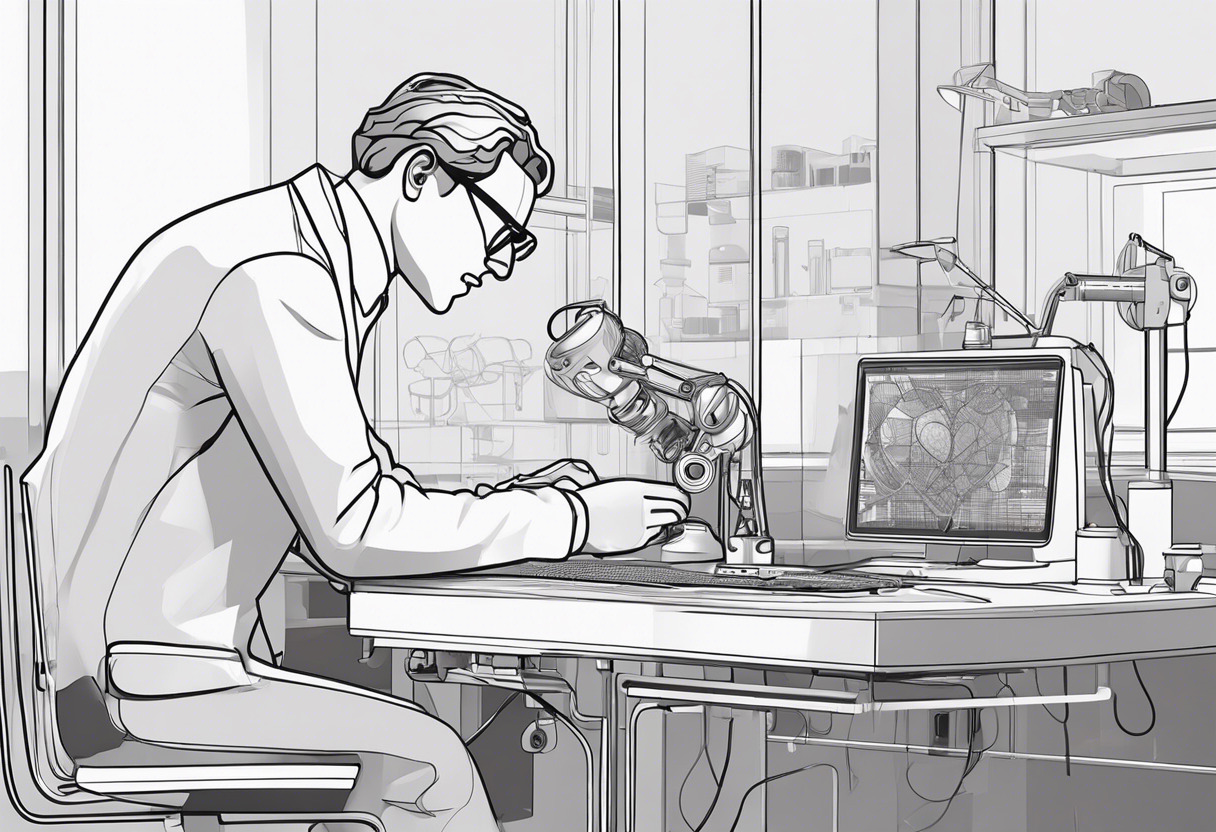
Researchers and Scientists
If you hail from the cohort of researchers and scientists, Laser stands as your unwavering aide. From exploring stimulated emission to enabling nuclear fusion, Laser has a rich history and glorious possibilities. It is omnipresent from your supermarket scanner to the military rangefinders. However, breakthroughs demand courage and the relentless pursuit to optimize and evolve.

If precision and adaptiveness spark your interest, VSLAM gets the trophy. If it’s history, omnipresence, and research prospects, Laser strikes gold. Regardless, both VSLAM and Laser, with their challenges, force us to the blizzard of innovation, charting unexplored territories.
Grant Sullivan
Content writer @ Aircada and self proclaimed board game strategist by day, AI developer by night.



